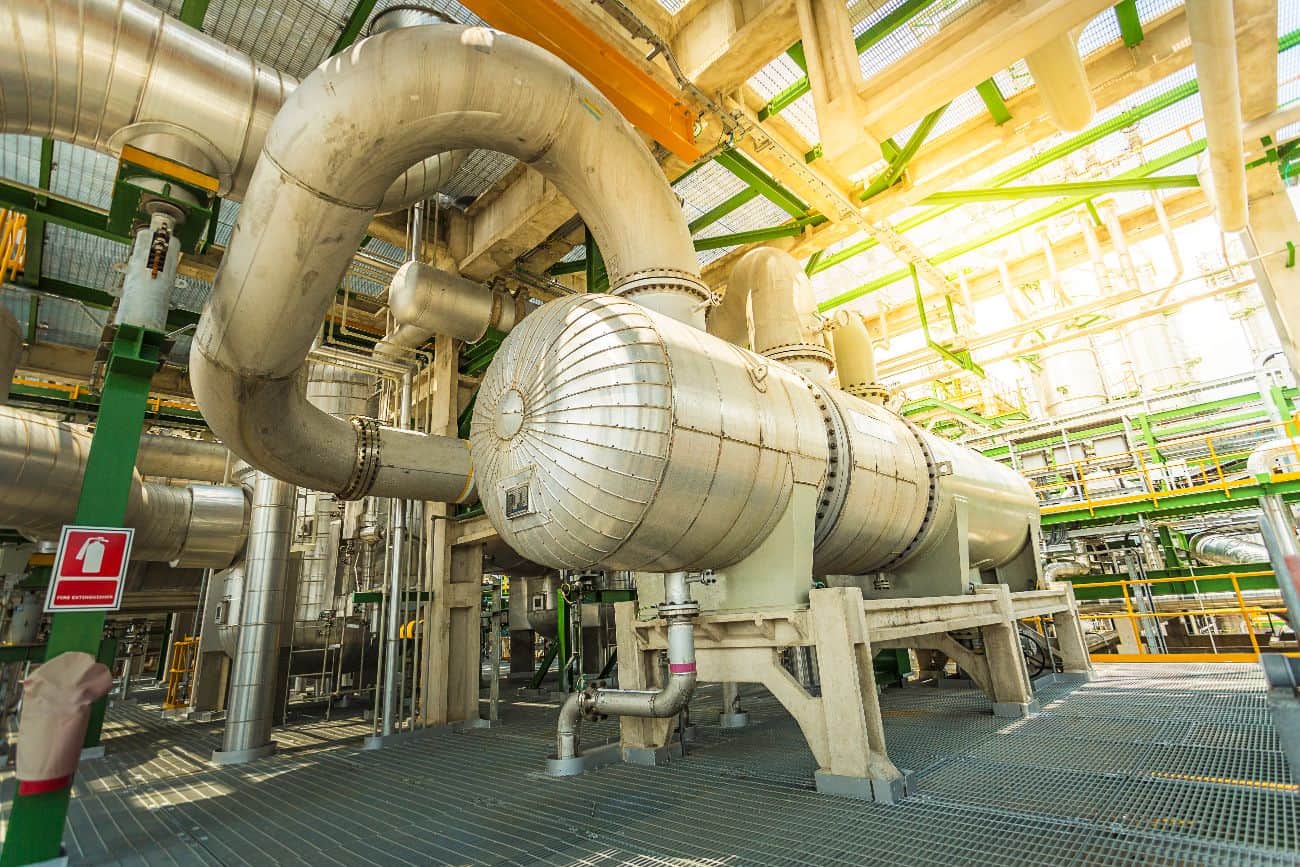
Industrial pressure vessels fulfill unique purposes depending on their application. However, the basic requirement remains the same across applications and industries: pressure vessels must be able to contain high-pressure fluids, generally above 15psi. To perform safely, pressure vessels must meet stringent industry standards. Weld defects, for instance, can compromise the integrity of a pressure vessel’s welded joints and cause failure.
In the U.S., organizations like the American Society of Mechanical Engineers (ASME) have enumerated pressure vessel welding standards to ensure weld quality and integrity. Understanding the different welding principles of pressure vessels and their implementation options can help industries ensure these vessels meet the specification required by the application.
Pressure Vessels and Its Criticality
Welding principles of pressure vessels are contingent on the type of pressure vessel being fabricated. The various types of pressure vessels serve unique purposes across a range of industries. They can be primarily classified as:
Storage vessels
As the name suggests, storage vessels are used in industries like pharmaceutical, petroleum, and chemical to store liquids with a wide variety of pressure ranges. Although the material of the vessel is commonly carbon steel, different internal and external lining materials may be used to help manufacturers maintain cost-efficiency in pressure vessel production. In either case, careful consideration in welding will be required.
Heat exchangers
From food processing and pharmaceuticals to petrochemical and other industrial processes, heat exchangers transfer heat between the fluids in the process. Since heat exchangers involve high temperatures, the materials and weld quality are critical for optimal performance.
Process vessels
These are designed to store and process fluids during production. Process vessels serve a specific purpose in the industry and may require single or multiple material construction layers.
The welding principles of pressure vessels persist even when their design, materials, and purpose may differ. The welds must ensure quality, strength, and reliability in handling a wide range of high and low-pressure applications.
Principles of Pressure Vessel Welding
The ASME Boiler and Pressure Vessel Code (BPVC) standard provides industries with guidance for the safe fabrication of different types of pressure vessels. Construction requirements are delineated in Section VIII of the standard.
Division 1: Here, general guidance is provided regarding the construction of a pressure vessel that can withstand internal and external pressure from 15psi to 3000psi. Additionally, this division recommends construction material, welding methods, and a simple stress calculation.
Division 2: This division discusses the different service conditions, material requirements, and non-destructive testing solutions for welding pressure vessels that can withstand up to 10,000psi.
Division 3: A detailed guideline for fabricating a pressure vessel required to withstand pressure over 10,000 psi is presented in this division. It also states the requirement for mandatory stress analysis and non-destructive testing.
To aid manufacturers in achieving these pressure vessel welding standards, an automated, optimizable welding process can be beneficial.
Solution for Consistent Pressure Vessel Welding
The critical nature of pressure vessels demands a welding method that provides a consistent, high-quality result. Automated orbital weld heads can provide the necessary quality and uniformity that pressure vessel welding requires. For large or small pressure vessels, AMI’s automated weld heads can introduce stable weld parameters such as travel speed, wire feed speed, arc length, and arc temperature during the process. Our weld heads can also collaborate with remote weld pendants to allow operators to remotely monitor the weld and optimize on the go while identifying and eliminating variations in the process.
The reliability of the auto weld heads enables industries to efficiently implement the welding principles of pressure vessels to improve safety, quality, and productivity.
READY TO CONNECT?
Arc Machines, Inc., a leader in automated welding technology provides solutions like AMI orbital weld heads which can help automate your welding process to achieve quality results following the welding principle of pressure vessels. Contact AMI to learn more, or contact sales@arcmachines.com to learn more about AMI orbital weld heads and power supplies.

